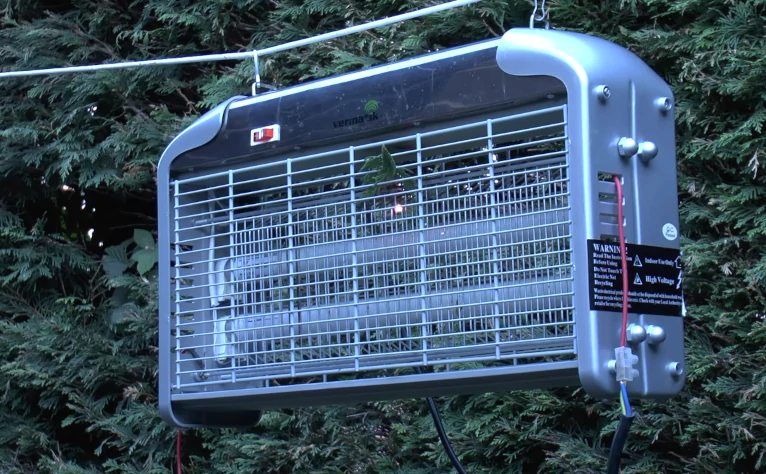The Science Behind The Solar Water Heater

A solar water heater is designed to capture, to collect, to retain heat from the sun, and to convert the heat into usable solar energy to be used in the household, most especially in heating the water source. Having to know on how a solar water heater functions can help us be aware of its advantage in the environment and to a greener household.
The solar water heater has the basic approach of placing a tank filled with water under the sun. Since the tank is usually made of iron steel, the heat from the sun then heats the tank, together with the water. This approach is made convenient with the modern technology associated in the solar panels and water heating devices. Leaving the hot water in the tank alone is not sufficient to maintain its heat all throughout the day. When the tank becomes cold, heat is loss and the water becomes cold.
This is where a solar panel is used so that the tank can be placed anywhere in the household, without the worries of placing it under the sun for direct heat. Solar panels are also called solar thermal collectors that have the ability to transmit short wave radiation from a reflective surface, and to reflect long wave radiation. The solar energy occurs when short wave radiation strikes on the surface of the collector’s absorber, which is also contained inside the collector. When water comes in contact with the absorber, it gradually becomes heated due to the trapped heat in the absorber.
A solar thermal collector has two governing principles: (1) an object that is contacted with heat, eventually losses it back to the environment. Solar thermal collectors directly deal with heat loss in relation to the environment despite the convection and radiation, and utilize thermal insulation that decelerate heat loss from the hot object; (2) heat loss is faster when the temperature difference between the environment and the hot object is fairly larger. Furthermore, more heat is transmitted to the water when the temperature difference of both the water and the collector has a very huge distinction.
In order to have a sufficient solar energy for your water source, an access to good sunlight is a requirement, even in winter. The rooftop is the best place for the solar panel since it directly receives sunshine. There are tools that are convenient in locating the best spot for a more concentrated sunlight access. Solar Pathfinder is one of the most used tool, and solar manufacturers or energy agencies have other siting tools that can be utilized for sunlight searching.
Even if the household is able to retain more than enough solar energy for heating water, this is not fairly rational to simply waste hot water because wasting hot water is also wasting energy. Even if the sun’s solar energy is always ample, that does not mean for everyone to throw it all away. Discipline still counts for such a responsibility like owning a solar water heater. Water is also a valuable resource, too, so there is no excuse in wasting it like during in long showers.
A large household or a mansion means having a bigger solar water heater to accommodate the entire water supply while an average household can conform to a smaller solar water heater. For an energy-efficient household, an average of 15 gallons of heated water is adequate for a person along for a day, so that the measurement of the solar panel and the collectors can be determined. Owning a solar water heater is one tough decision to make because it is quite costly, although the long-term aspect of it is very rewarding.





